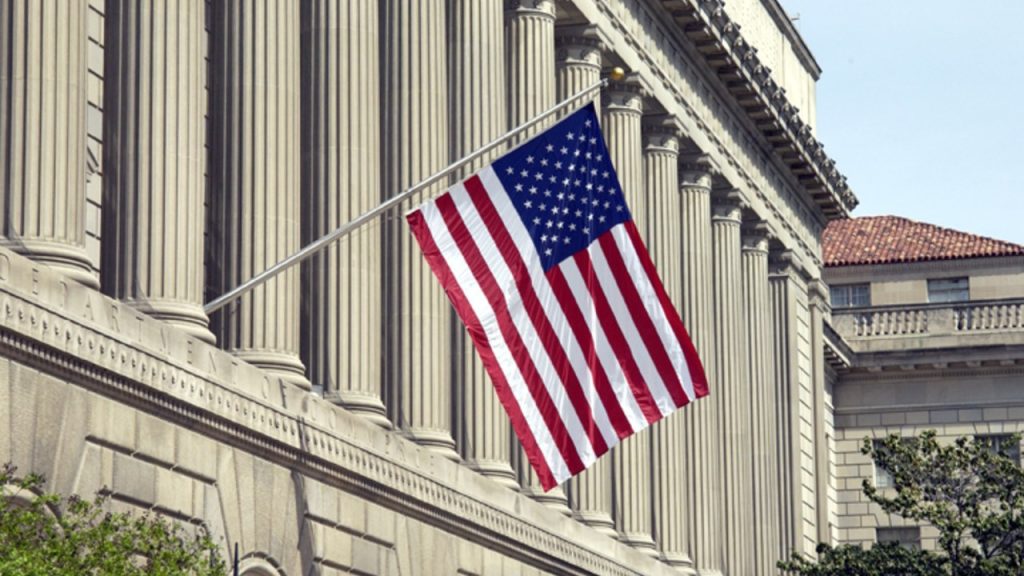The U.S. Department of Commerce publicly confirmed that it has opened Section 232 national security investigations into the import of medical devices, robotics, industrial machinery, and PPE. While the probe began quietly on September 2, 2025, it only became public this week. Analysts warn the move could eventually lead to tariffs or import restrictions.
This matters to more than just hospital equipment. The scope includes devices such as infusion pumps, surgical robots, diagnostic machines, and even industrial ovens and autoclaves used in lab, medical, and manufacturing settings. The Commerce Department is asking companies to submit data on demand forecasts, supply chain sources, cost structures, and whether domestic production can meet needs.
Healthcare stocks reacted immediately. Shares in GE HealthCare, Becton Dickinson, Stryker, ResMed, and others fell between 4% and 11% in a single trading session, reflecting investor concern over potential tariff risk. Meanwhile, broader indexes in the sector slid.
What does this mean for thermal / lab/oven users? Well, if tariffs or quotas do materialize, imported lab ovens, autoclaves, sterilizers, and robotics equipment could face sudden cost increases or delayed shipments. That raises risks for:
- Medical device fabrication lines, especially cleanroom baking, curing, sterilization, and post-processing steps.
- Contract testing labs are relying on imported control ovens and sterilizers.
- QA / regulatory groups who may need to resubmit validations for new or alternate equipment sources.
Domestic manufacturers of thermal and robotics machinery could see an opportunity. But scaling up in the U.S. takes time – registering with regulators, meeting international standards (e.g., ISO 13485, IEC 61010, FDA), and proving performance in medical workflows.
The next stage will depend heavily on how tariffs are structured and whether carve-outs are granted for medical versus industrial machinery. Commerce is also expected to open a formal request for comments, giving companies several months (likely up to 270 days) to submit data on supply chains, costs, and demand forecasts. At the same time, device makers may begin weighing whether to localize critical steps such as thermal curing or sterilization to reduce exposure.
How is this an opportunity for thermal equipment manufacturers? It’s simple: those able to expand capacity, secure certifications, and strengthen supply chains may find themselves in a stronger position if the trade landscape shifts.
Article source: Federal Register.gov
Image source: Wikimedia Commons, Public domain


